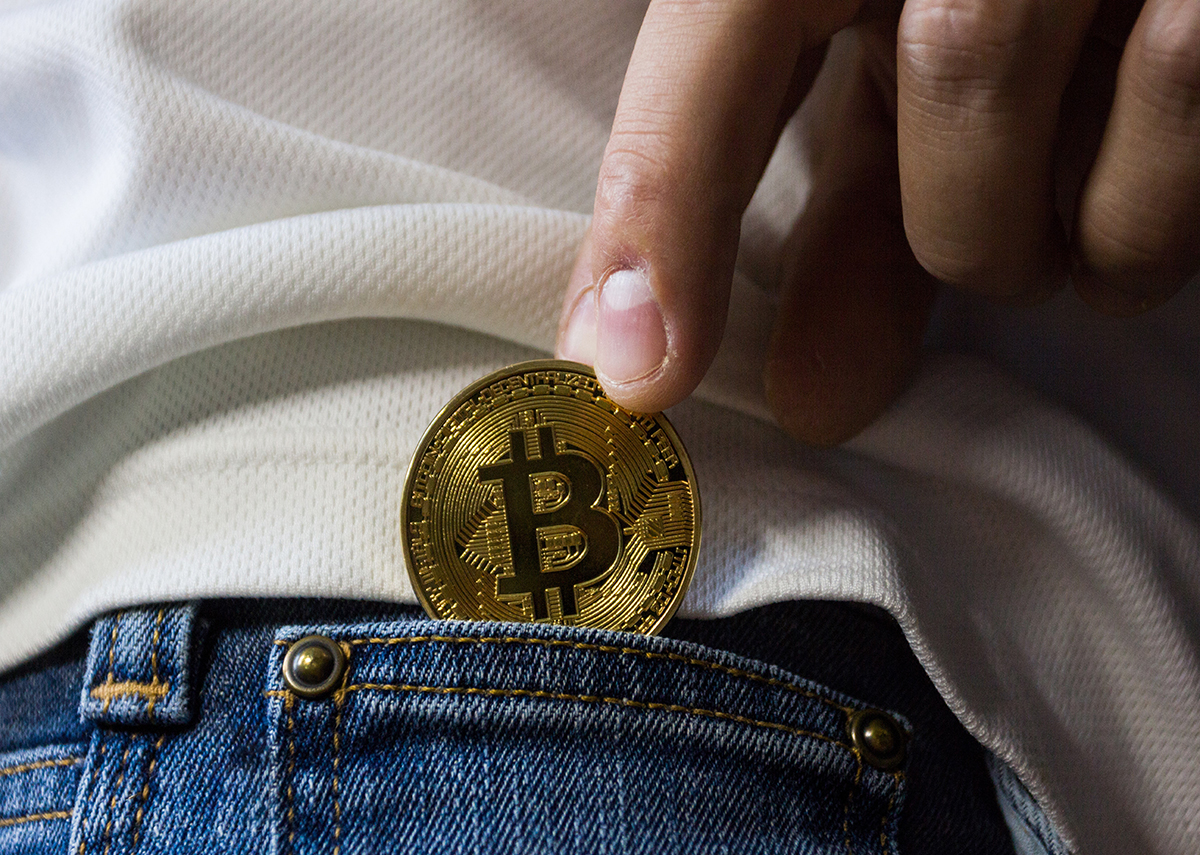NFTs Intend to Drive Digital Economy in Future
Share

If you didn’t know already, NFTs are non-fungible tokens that run on blockchain technology. This makes them quite similar to many popular and highest value cryptocurrencies, i.e., Bitcoin, Ethereum, etc. NFTs represent a digital asset that contains blockchain-based record monetization. The records are mainly for non-interchangeable information regarding the financial transactions that take place over the internet. NFTs can be in any form of digital assets like videos, music, photos, text, song lyrics, codes, or anything else.
Understanding NFTs
Nearly anything that can be classified as a digital asset on the internet can arrive in the form of sellable NFTs. NFTs also represent artifacts that refer to digitized physical assets. Overall, you should remember that NFTs are in the form of tokens. And when you take a broader look at this concept, you will learn that it has become a part of the large-scale economic development around the world. Although this economic development mainly pertains to the digital world, certain modes of investments have seen massive transformations.
Driving the Digital Economy – A Brief Overview
For starters, the digital economy thrives on the creation of better investment models, value development of existing investment models, and more. Meanwhile, cryptocurrencies are providing business leaders with payment and digital asset transaction methods.
But with the rising demand for alternative methods of financing projects, collecting digital valuables, and trading, NFTs are presenting themselves as one of the best forms of the digital asset class.
NFTs are Initiating a New Era of Finance Decentralization
The NFTs market operates as decentralized finance, which means that all the transactions are on a peer-to-peer basis. Cryptocurrencies are the same because, in the crypto market, no government, authority, or organization intervenes as a centralized regulatory body. Although cryptocurrencies are more sought-after than NFTs, the trend of non-fungible tokens will only rise with time as the market matures.
The main advantage of decentralization of the NFTs market is that after the production of digitization of various forms of assets, the value goes directly into the pockets of the creators. Hence, this explains how artists can easily transfer copyrights, decide royalty rates, and receive compensation directly from the patrons.
The enabling mechanisms of the NFTs market, along with the support from IoT infrastructure and 5G introduction, could increase the efficiency of all digital transactions taking place. Today, many of the old and illiquid assets can undergo digital monetization due to non-fungible tokens. That is one of the main reasons the shift from payment options, including cryptocurrencies, towards NFTs has begun.
Conclusion
While the nascent NFT versions and their entire ecosystem have certain flaws and potential limitations, the entire concept is still far from mass adoption. The digital economy received its first boost during the introduction and passing of the cryptocurrency bubble. Therefore, experts believe that once NFTs establish themselves in the digital economy, they will be the leading force in different markets.
Lastly, some individuals and renowned experts also believe the non-fungible tokens also have the potential to surpass the success of cryptocurrency assets. Hence, we are seeing a different class of assets rising on the digital economy’s horizon.



